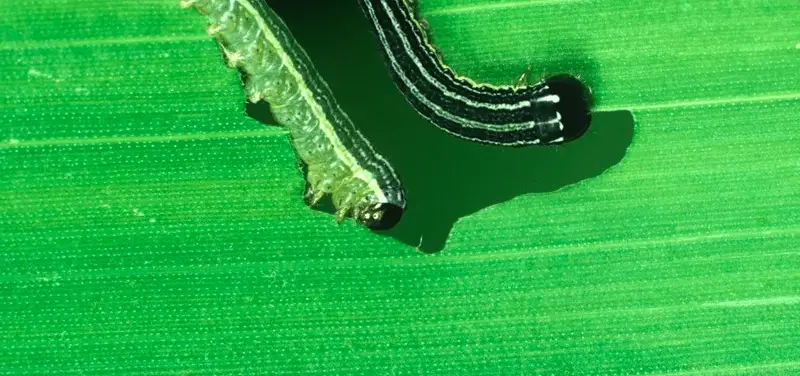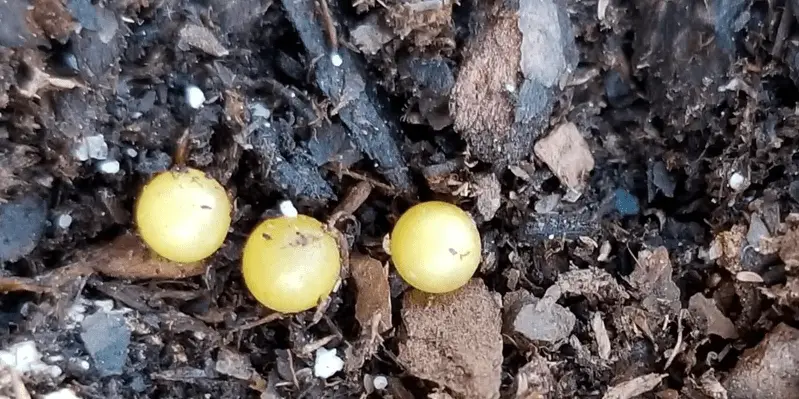Foxgloves are a type of flower that can be found in many parts of the world. They are known for their beautiful blooms, which can come in a variety of colors. But while deer love to eat many types of plants, I wonder if they enjoy foxgloves?
In this blog post, we’ll take a look at whether deer enjoy eating foxgloves or not. We’ll also find out how to stop deer from wandering into your garden and damaging all of your plants. Let’s find out…
Do Deer Eat Foxgloves?
No, deer do not eat foxgloves. In fact, foxgloves are poisonous to deer, so they will avoid them if they can. If a deer does eat a foxglove, it will likely experience vomiting and diarrhea. In severe cases, eating foxgloves can even be fatal to deer.
So, if you’re wondering whether you need to worry about deer eating your foxgloves, the answer is no. Your plants should be safe from deer damage.
However, deer can enter your garden and damage your foxgloves by trampling them or rubbing their antlers on the plants. If this happens, you may see your foxgloves bent over or broken.
How to Stop Deer from Entering Your Garden
If you’re worried about deer damaging your plants, there are a few things you can do to keep them out of your garden.
1. Remove any food
Deer will venture into your garden for food, so it’s important to remove anything that might attract them. This includes things like bird seed, fallen fruit, and pet food.
If you have a compost bin, make sure it’s securely covered so deer can’t get into it. And if you feed your pets outside, bring their food bowls inside at night. Anything you can do to remove food sources from your property will help keep deer away. This will also keep pests away, which are known to chew holes in foxgloves.
2. Fencing
Once all traces of food are gone, you can start thinking about fencing. A fence is the best way to keep deer out of your garden, but it needs to be high enough that deer can’t jump over it.
The average white-tailed deer can jump up to eight feet in the air, so your fence should be at least that high. If you live in an area with larger deer, like mule deer, your fence will need to be even taller.
Building a deer-proof fence can be a big project, but it’s worth it if it means keeping your garden safe from deer damage. However, I prefer to use this netting from Amazon as it’s much easier to set up and take down.
3. Deer Repellents
There are a number of different deer repellents you can use to keep deer away from your garden. You can find these products at most home and garden stores. I’ve used the Bobbex repellent to good effect in the past.
Some deer repellents are made with chemical ingredients, while others use natural ingredients like garlic or peppermint oil. There are even some that use a combination of both. This means you make your own homemade deer repellent by mixing garlic, peppermint oil, and water in a spray bottle.
Deer repellents can be effective, but they need to be reapplied regularly, especially after it rains. And if you have a lot of deer in your area, you may need to use multiple repellents at the same time to keep them away.
4. High-pitch Sounds
Some people use high-pitch sounds to keep deer away from their gardens. Deer are sensitive to sound, so loud noises can be effective at deterring them.
There are a few different ways you can create high-pitch sounds. One is to hang pie pans from your fence or garden shed and let them bang together in the wind. Another is to use an ultrasonic deer repellent, which automatically emits a sound when animals are detected.
I’ve found that high-pitch sounds can be effective at deterring deer, but they’re not always practical. If you live in a rural area, your neighbors may not appreciate the noise. And if you have small children or pets, you’ll need to be careful about using ultrasonic repellents.
Can Foxgloves Be Used as Deer-Resistant Fencing?
Yes, foxgloves can be used as deer-resistant fencing. Deer don’t like the taste of foxgloves, so they’ll avoid eating them. And since foxgloves are tall plants, they can create a barrier that deer won’t be able to jump over.
My favorite plant for deer-resistant fencing is the boxwood. Boxwoods are evergreen shrubs that can grow up to six feet tall. They’re also very dense, so they make an effective barrier against deer.
If you’re looking for a natural way to keep deer out of your garden, foxgloves are a good option. Just be sure to plant them in an area where you don’t mind them spreading, as they can quickly take over a garden bed.
Conclusion
In conclusion, deer can be a serious problem for gardeners. But there are a few things you can do to deter them, including removing food sources, fencing, and using deer repellents.
The good news is that foxgloves are not on the diet of deer! So if you’re looking for a deer-resistant plant to use in your garden, foxgloves are a good option. Just be sure to plant them in an area where they won’t take over.
Do you have any tips for keeping deer out of the garden? Share them in the comments below!
Tim is an avid gardener from the UK. He was the founder of PlantCarer.com from 2021 to Sep 2023. He sold PlantCarer.com to Aaron. He has since started his own business called Seed To Supper, which provides new gardeners all the materials you need in a box (pots, seeds, compost and instructions) to grow your own delicious and nutritious vegetables and herbs from start to finish – no garden required.










0 Comments